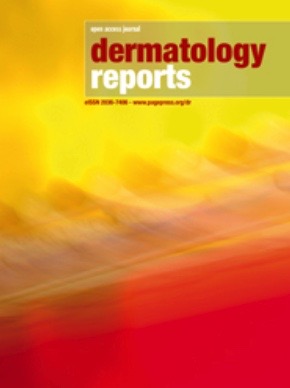Facial skin rejuvenation through plasma radiofrequency ablation combined with 5% resorcinol cream: clinical and LC-OCT evaluation
All claims expressed in this article are solely those of the authors and do not necessarily represent those of their affiliated organizations, or those of the publisher, the editors and the reviewers. Any product that may be evaluated in this article or claim that may be made by its manufacturer is not guaranteed or endorsed by the publisher.
Accepted: 27 March 2025
Authors
Skin aging is characterized by loss of elasticity, wrinkles, and textural changes. Treatments range from non-invasive options, such as alpha-hydroxy acids and retinoic acid, to invasive procedures like chemical peels and laser therapies. Plasma radiofrequency (PRF) offers a minimally invasive solution with a favorable balance of efficacy and tolerability. This study assessed the clinical and microscopic outcomes of combining PRF ablation with a galenic cream containing 5% resorcinol in Nourivan™ Antiox for facial skin aging. Forty-one patients with visible signs of aging underwent a single PRF session followed by weekly applications of a 5% resorcinol cream for six weeks. Outcomes were evaluated using digital photography and line-field confocal optical coherence tomography (LC-OCT) at baseline, three months, and six months. Primary endpoints included wrinkle reduction and texture improvement; secondary endpoints included adverse effects and patient satisfaction. At six months, 92% of patients showed significant wrinkle reduction and improved collagen organization in LC-OCT images. Skin texture improvements were reported by 85% of patients. Adverse effects, such as mild erythema and peeling, were transient and resolved without discontinuation. PRF ablation combined with 5% resorcinol cream is an effective and well-tolerated treatment for facial skin aging, offering significant improvements in skin texture and appearance. Further research is needed to confirm these findings and explore long-term effects.
How to Cite

This work is licensed under a Creative Commons Attribution-NonCommercial 4.0 International License.








